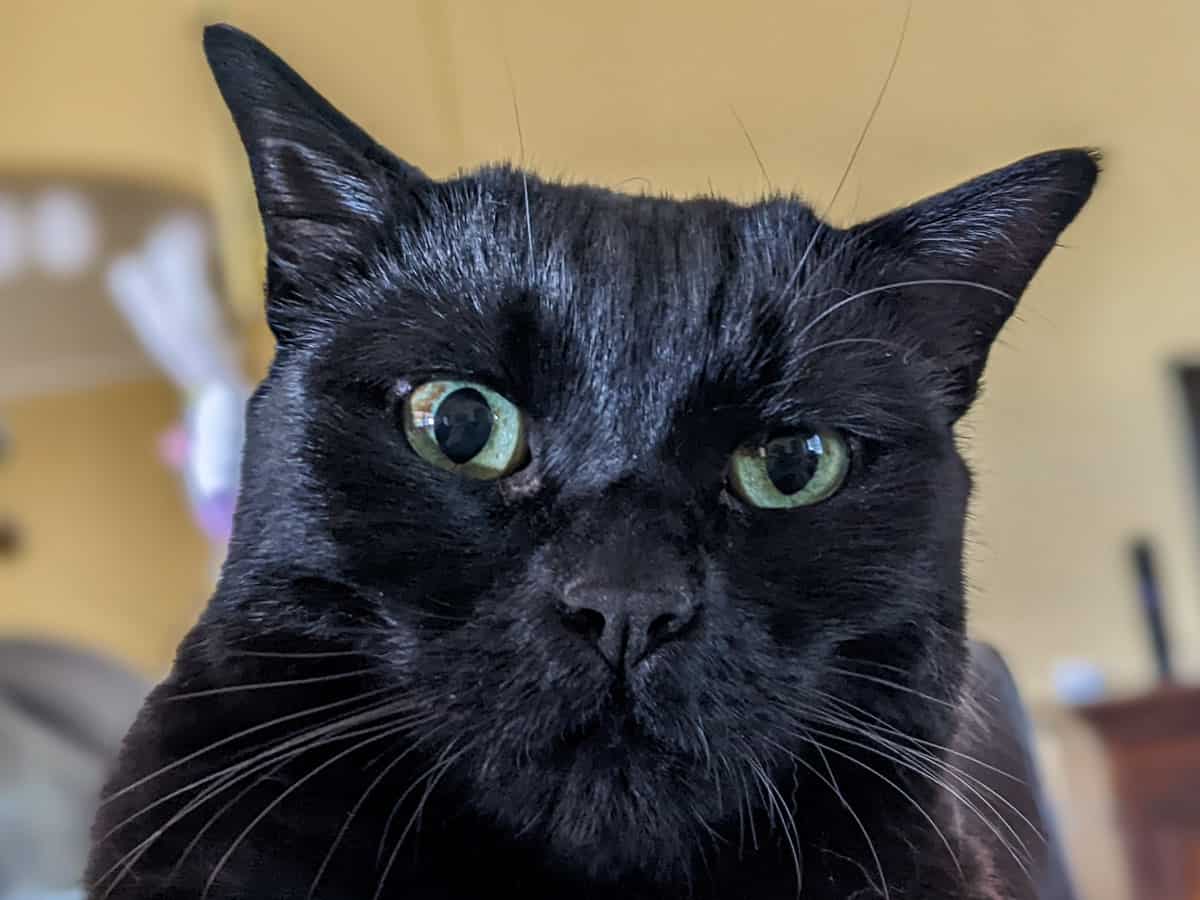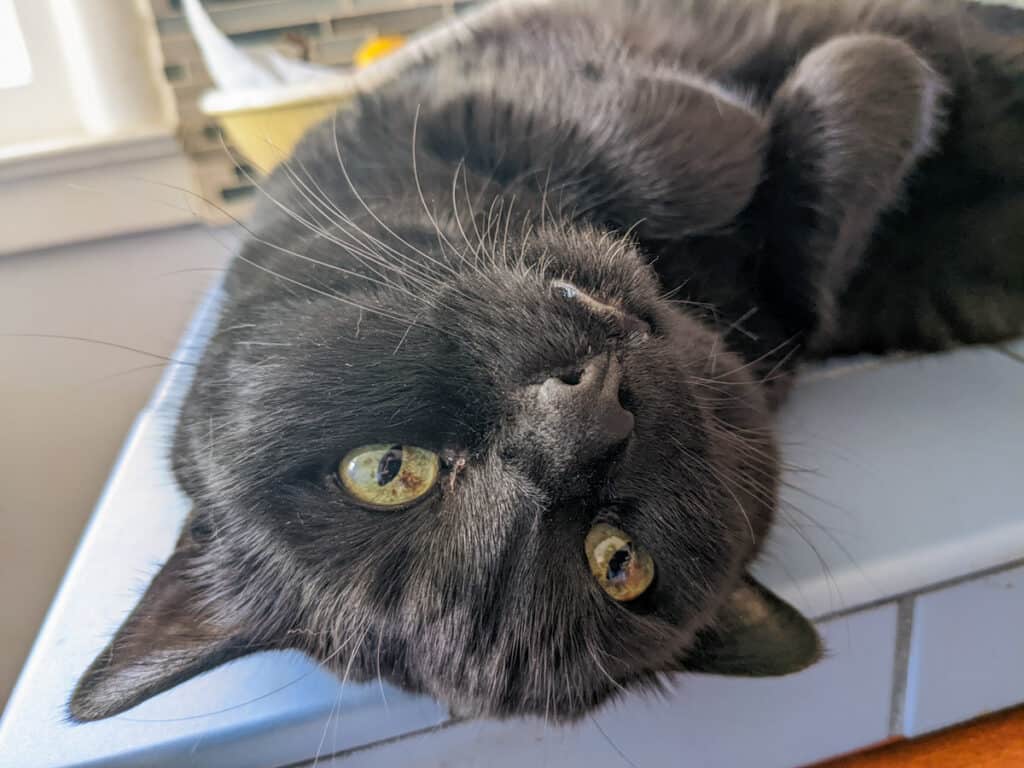If you’ve ever been woken up by your cat sitting on your chest, purring loudly at 6 am, you’ve experience urgent purring.
Cats are known to purr for a variety of reasons. The most common reason is to express contentment. This type of purring is typically a low rumble that you have to put your ear up close to your cat’s chest to hear.
Cats will purr for other reasons — researchers believe the vibrating that a cat emits during purring can help to heal bones and other injuries. Cats will also purr to self-soothe when they are scared or anxious.
Cats will purr-whine for food
The urgent purr is a very loud purr that cats will do to demand food from humans. Urgent purring is also known as solicitation purring as cats do it when they want something from their owners.

The urgent purr gets its name from the fact that when a cat is purring in this way, the purring sound will sound more urgent and less pleasant to humans than the purr of a contented cat.
When cats purr for contentment, the purr emitted is a low-pitched sound. Researchers found that the sound created by an urgent purr contains a high frequency voiced component that is similar to a cat meowing or crying. [1]
The main reason why cats use the urgent purr is for food. By combining the sounds of a purr with an embedded high-pitched whine, cats make the sounds unpleasant to listen to which raises the likelihood of their owners responding to their demands.
Cats will often combine urgent purring with other solicitations behaviors designed to elicit a positive response such as rubbing their chins against their owners, sitting on the chest or in the lap, or rubbing their bodies against their owner’s legs.

References
[1] McComb, K., Taylor, A. M., Wilson, C., & Charlton, B. D. (2009). The cry embedded within the purr. Current Biology, 19(13), R507-R508. https://doi.org/10.1016/j.cub.2009.05.033







